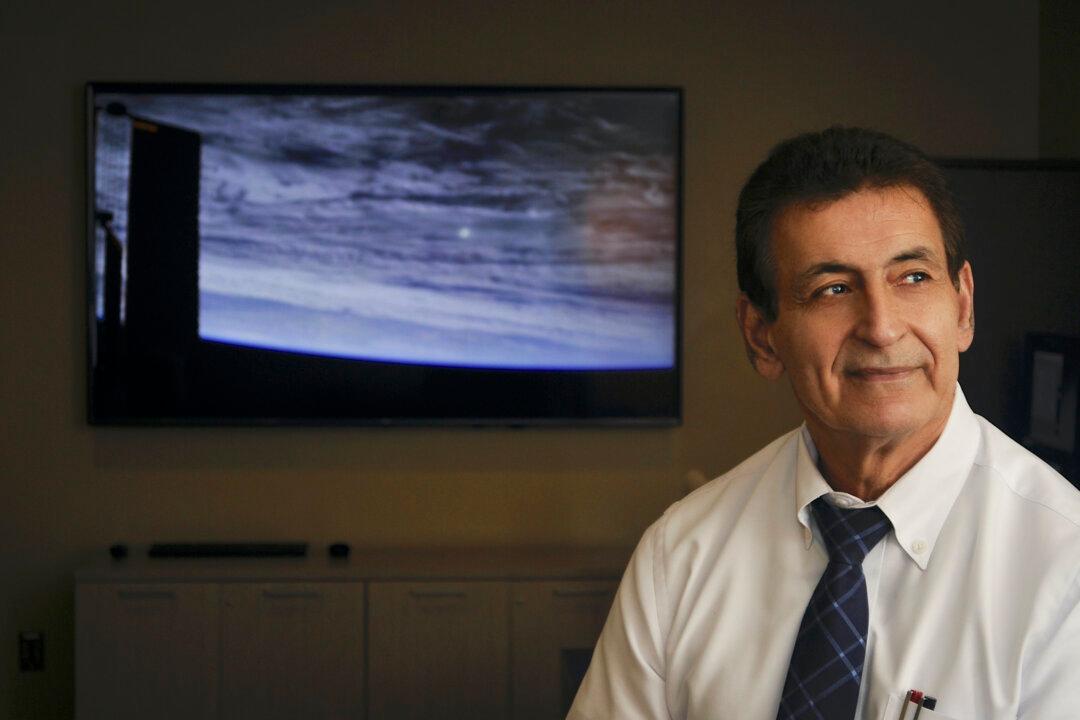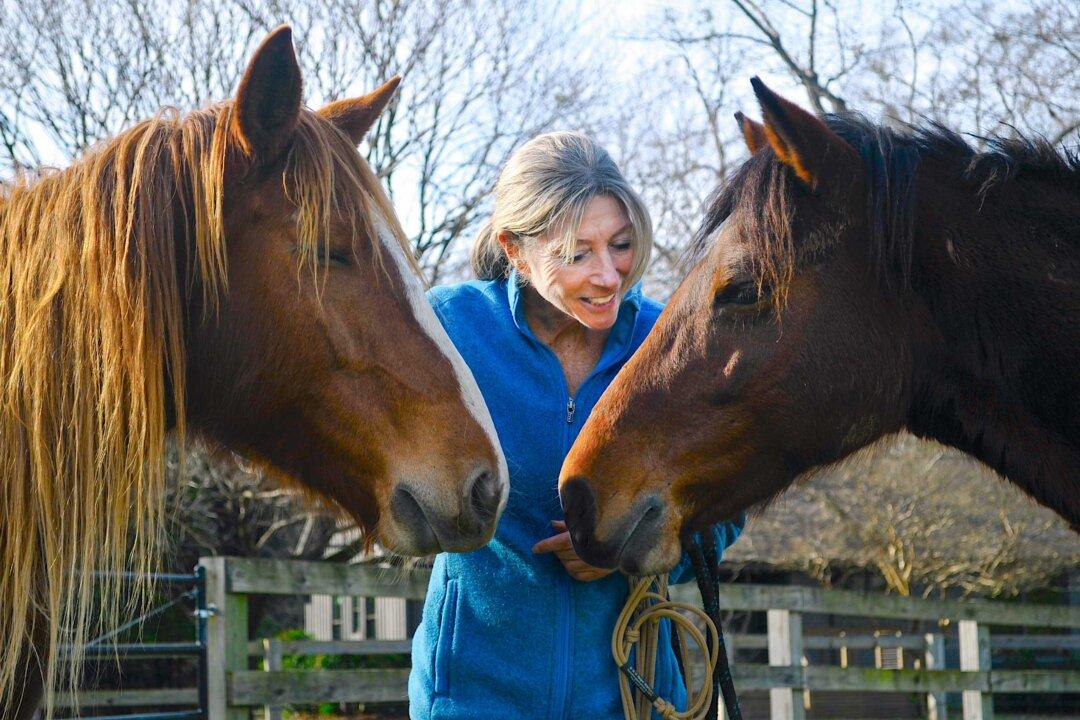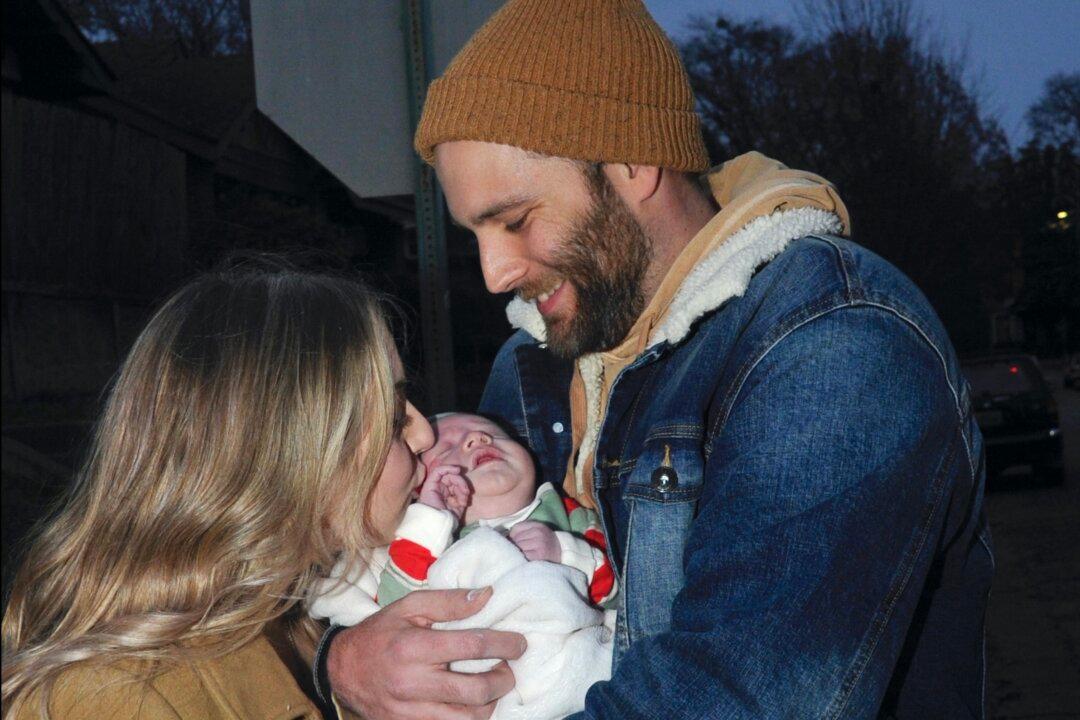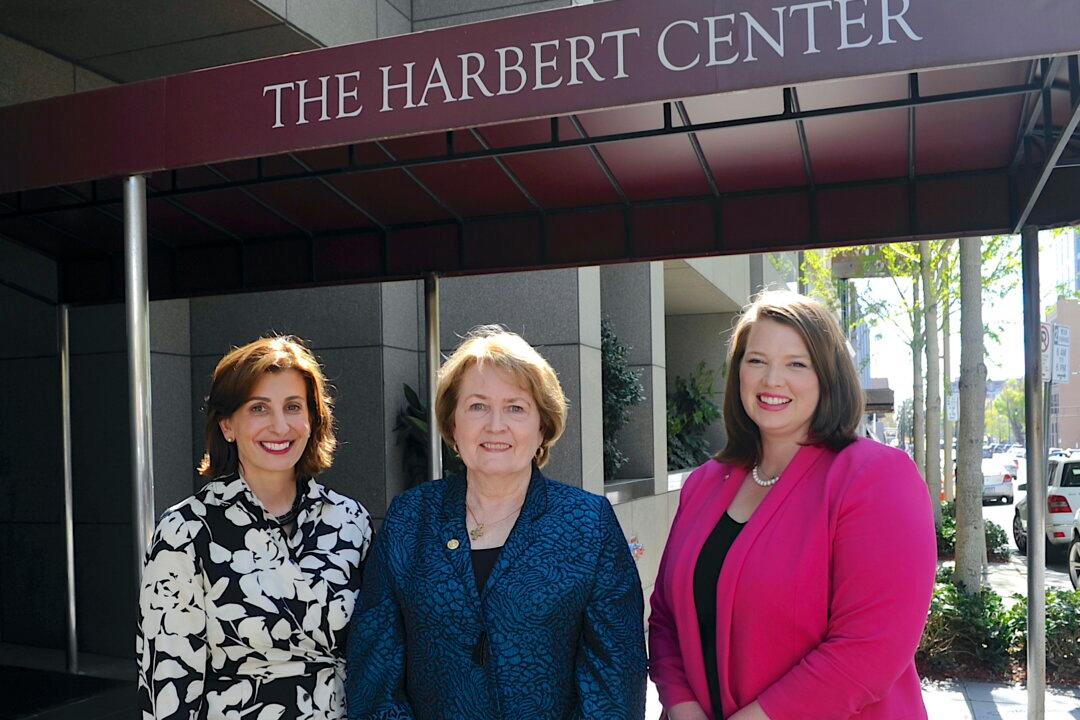Dr. Lee Moradi is a humble man, one of those who would rather not receive attention. He is of medium build, with vigorous intensity hiding behind a thin veil of Persian alacrity. Moradi has worked with NASA since the 1980s—but he is not a rocket scientist. At the University of Alabama at Birmingham, he is the Director of Engineering & Innovative Technology Development (EITD) and a professor at the School of Engineering. Through EITD, he manages multi-million-dollar projects for NASA to design and develop cold stowage hardware to be used on the International Space Station (ISS).
“These cooling units preserve biodegradable scientific samples on the ISS,” Moradi said. He explained that the units have cooling capacities ranging from minus 20 degrees Celsius to minus 190 degrees Celsius. “These temperatures enable astronauts to preserve experiment samples, then bring them back to Earth. Our units are designed with the scientist in mind,” Moradi said.
A number of studies from these samples have led to advancements in health and other sciences. The cold stowage units are appropriately named Merlin, Glacier, Polar, Rapid-Freeze, and Iceberg.





